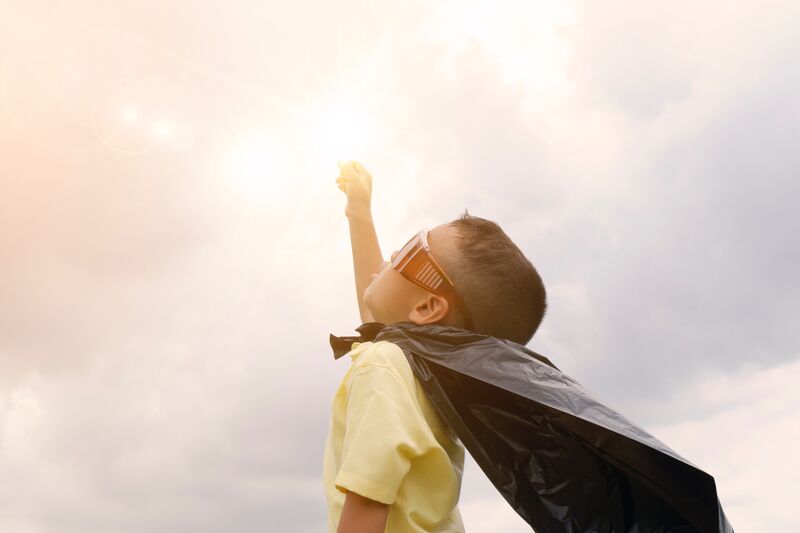
I believe most people would agree that this has been a very interesting year for a number of reasons. To me, 2021 stands out as a year where disability is becoming more integrated into mainstream outlets of society. For decades, pop culture has been predominantly represented by a very narrow scope of the population, made by, and targeted to, able-bodied white men. That was the majority representation. Where people outside of this majority were used, they were either played by people of the majority population and/or limited to very shallow options for portrayal. Black roles were often limited to being portrayed as uneducated, destitute, or violent. This contributes to a bias in society that perpetuates pre- and mis-conceptions of how people are in real life.
People with disabilities in the public eye were also marginalized. Historically, people with disabilities were literally kept out of sight of the pubic. When people with disabilities wanted to participate in society, they experienced access barriers, and still do to this day. A lack of accessible features and elements made it harder to participate in the public sphere than the average person. When there is no physical access, people with disabilities are not welcome. When people with disabilities are not welcome, they are not seen. When people with disabilities are not seen, they are not considered. When people with disabilities are not considered, access is not provided. It's a vicious cycle. The ADA itself was created with the intent to systematically incorporate access into everyday public life, to break this cycle. There is certainly a long way yet to go, but it has certainly progressed since its humble beginnings.
What is normal? Normal is a concept that is more or less the notion of average. So, what is average? Average is basically most of something that we see. What we see more of is more normal and what we see less of is less normal, generally speaking. Based on this line of thinking, it becomes really important that before any population is to be considered normal, it must be represented.
The reason I bring this up is because I have seen more representation of people with disabilities in pop culture this year than ever. It started early in the year with the release of Barbie dolls with physical disabilities, in anticipation of the 2020 Tokyo Paralympic Games. One doll uses a wheelchair, and another has a prosthetic leg. Now many children have access to a play toy which they can identify with.
More recently I have noticed disability being included in television and movies. NBC seems to be actively trying to incorporate disability into their programing. The medical drama, New Amsterdam, has a highly skilled surgeon character who is also Deaf, portrayed by Deaf actress Sandra Mae Frank. The science fiction series about a rip in time, La Brea, has a supporting actress (Zyra Gorecki) who is a below-the-knee amputee. Another drama, Ordinary Joe, has a child actor (John Gluck) with collagen VI muscular dystrophy who plays the role of a child with spinal muscular atrophy on the show. Marvel has 2 Deaf characters now, one debuting in the Eternals, an actress (Lauren Ridloff), and another in the Disney+ series, Hawkeye. That character, known as Echo (Alaqua Cox), is slated to have her own spin-off series on Disney+. Echo/Cox is also a below-the-knee amputee. The only series I follow with interest is Hawkeye. On that series, Echo is currently a mid-level boss of a crime ring, who possesses power, authority, and action/fighting skills. I’m guessing that with her own show on the horizon, her character will shift to a “good” one by series end.
One thing all these characters have in common is that they are strong personalities who are portrayed by good actors who live with disabilities. None of these characters are depicted as helpless or anything typically regarded as lower in society. These characters are depicted in roles never before available to the masses. Children with disabilities have, now more than ever, a chance to identify themselves with what they see in pop culture in a positive light. People in general, now more than ever, can see people with disabilities in pop culture in roles different than historically portrayed. The general narrative has a chance to be rewritten. People with disabilities can do fantastic things. People with disabilities can do normal things. People with disabilities are normal people. It’s a fantastic time to see people with disabilities in pop culture and to give society a chance to normalize people with disabilities to participate in the narrative.